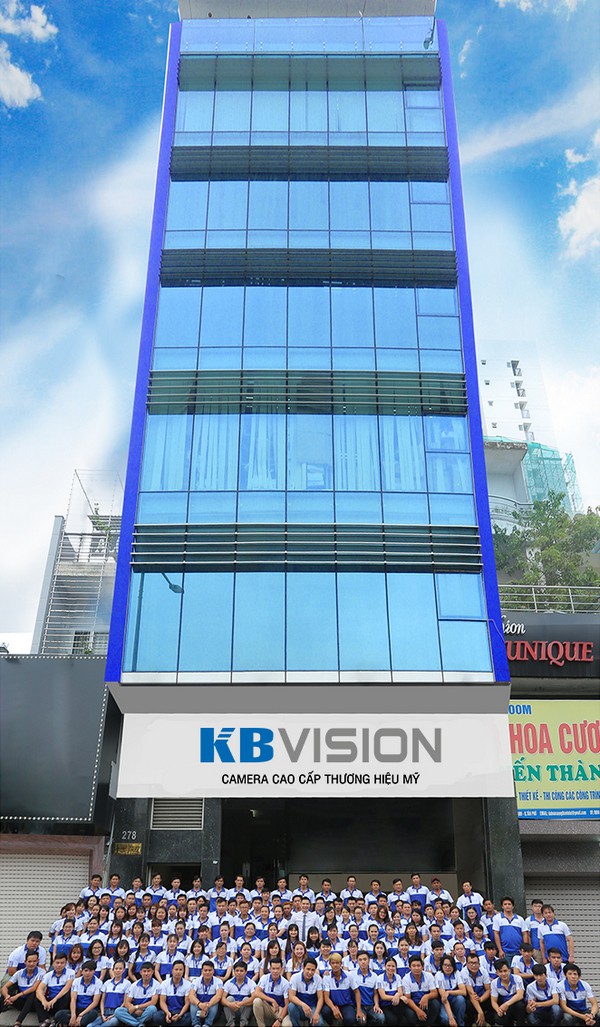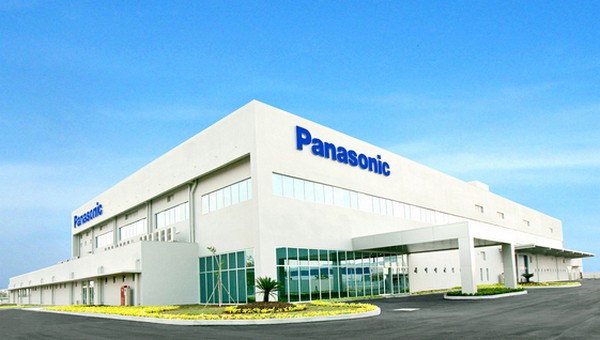Chưa được phân loại
User Permissions and Two Factor Authentication
https://lasikpatient.org/2021/12/23/benefits-of-premium-diagnostics/
Two factor authentication are essential components of any robust security infrastructure. They lower the risk of malicious insider activities or accidental data breaches and ensure regulatory compliance.
Two factor authentication (2FA) is a process that requires a user to enter a credential from two categories in order to log in to an account. This could be something the user is familiar with (passwords PIN codes, passwords or security questions) or something they have (one-time verification code sent to their mobile or an authenticator app) or something they ARE (fingerprints, face, or retinal scan).
2FA is often a subset to Multi-Factor Authentication, which has more than two factors. MFA is a requirement in certain industries like healthcare banks, ecommerce, and healthcare (due to HIPAA regulations). The COVID-19 pandemic has also raised the importance of security for businesses that require two-factor authentication.
Enterprises are living organisms, and their security infrastructures keep changing. New access points are introduced every day, users switch roles, hardware capabilities develop and complex systems are put in the fingertips of everyday users. It is essential to regularly examine the two-factor authentication strategies at regular intervals to ensure they keep up with these changes. Adaptive authentication is one method to achieve this. It’s a type of contextual authentication that will trigger policies based on the time, location and when a login request is processed. Duo offers a centralized administrator dashboard that allows you to easily manage and set these types of policies.






